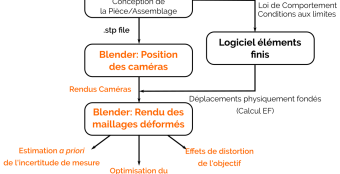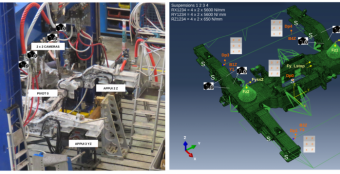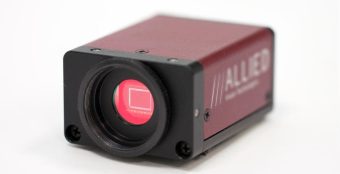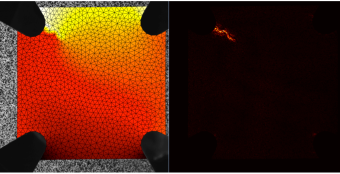How to preview your test using Blender software?
By Pierre Baudoin, R&D engineer of EikoSim Blender as a supporting tool for 3D DIC tests Have you ever heard of Blender to preview a mechanical test? Blender is a comprehensive, open-source, cross-platform 3D creation suite that can be used to create photo-realistic renders, animations, or even full-length movies. Blender’s render engine can produce physically…
The digital twin definition: bringing the real world into your simulations
In today’s rapidly advancing technological landscape, the concept of the digital twin has emerged as a groundbreaking innovation with the potential to revolutionize various industries. By seamlessly integrating the virtual and physical worlds, digital twins enable businesses to gain valuable insights, optimize processes, and make informed decisions. In this article, we will explore the definition…
Digital Image Correlation, how to choose your acquisition hardware?
We have already seen together the principles of digital image correlation and the contributions of such measures. Today we will see how to choose its acquisition hardware so that it is adapted to the different use cases encountered. Image acquisition equipment means the cameras of course, but also the lenses, the lights, the mounting brackets…
Towards a better understanding of mechanicals tests thanks to DIC, with ALSTOM and CETIM
Consistency of simulation and test data The consistency of test data and numerical results is paramount while carrying out the simulation-experiment comparison required to validate numerical simulations. First of all, mechanical tests need to respect the specifications laid out during their design: sample geometry, load path, location and orientation of the loading point, measurement points…
Digital image correlation: The contribution of the global method
Why a “global” method? Digital image correlation consists in measuring a displacement field between a reference configuration and a deformed configuration. There are two large families of algorithms to make this measurement: In the general case, the displacement field u(x) can be decomposed as a sum of functions of form Nm : where vα,m are…
- « Previous
- 1
- …
- 5
- 6
- 7





